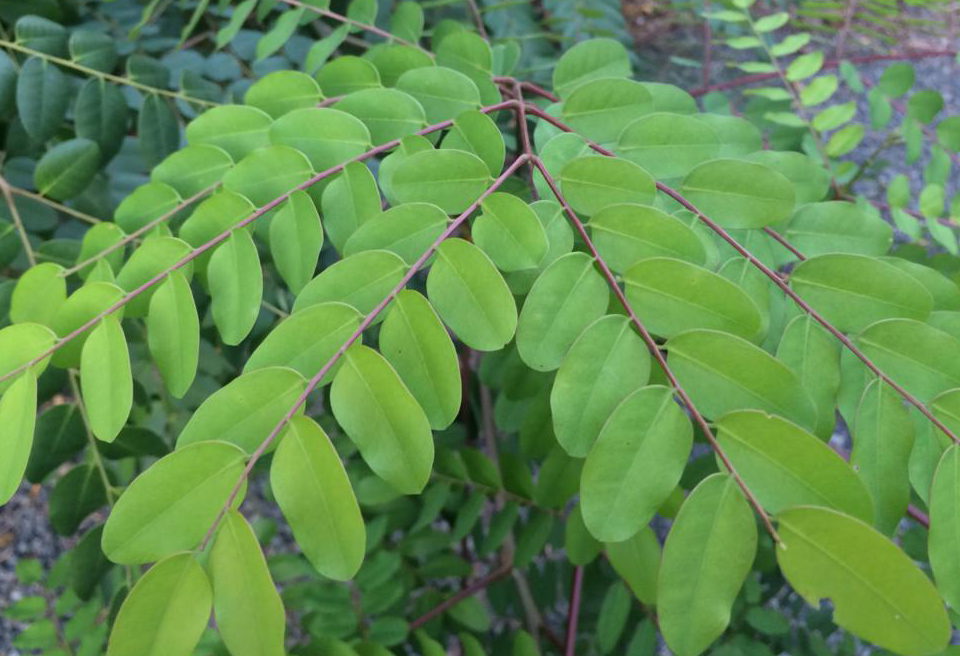Ayurveda
How Ayurveda Relates To The Season and Doshas
Seasons and doshas in the Ayurveda have a strong interconnection with each other. Doshas directly respond to the change in seasons and gradually increase or decrease in accord with the same. According to the Hindu calendar, the overall seasons in the year are only six.
They are shishira or late winter season, Basanta or spring season, Gresham or summer season, Varsha or rainy season, Sharad or autumn season, and Hemanta or early winter season. All these above seasons have there predominant effect on the doshas present in the body. In this blog below, we will discuss in detail as to how Ayurveda caters to both season and dosha.
What Are The Different Type Of Response That Doshas Show in the Different Season?
As mentioned earlier, doshas and seasons are interconnected with each other. Therefore with the change in every season, there are three types of responses shown by the doshas:
- Sanchaya or accumulation of doshas in the particular season.
- Prakopa or natural aggravation which starts right after the sanchaya season.
- Prathama or natural decrease in the doshas to their normal state.
How Doshas Affect The Health Of People?
According to Ayurveda, doshas have their own positive and negative effect on people. In those with good immunity and resistance, the doshas will occur and settle down on their own.
However, with all those who fall into weaker immunity, doshas will increase and cause health trouble. Dosha aggravation or vitiation occurs in people and makes them gradually fall prey to diseases.
Under the influence of aggravated doshas, the body undergoes four stages, which are named below:
- Prasar: In this stage, the aggravated doshas will tend to spread to organs and cause them to weaken gradually.
- SthanaSamsraya: This stage, the doshas, will start wreaking havoc on the weak organs and initiate the disease.
- Vyaktibhava: When the body comes to this stage, all organs affected by the doshas will further lead to the disease and their symptoms.
- BhedaAvastha: This is the final stage, where complications start to arise.
How To Prevent These Doshas From Weakening The Body?
As per Ayurveda, if you want your body not to fall prey to these doshas, it is better to properly follow the seasonal regimen.
Any problematic symptoms start to swell in the body when there is a pitta imbalance. Therefore, to restore the same, one has to practice a healthy lifestyle and food habits, which can help keep your immune system stronger and in perfect balance with the outer environment.
Conclusion:
Ayurveda very beautifully explains seasonal junction or rutu sandhi. The ancient cradle of medicinal knowledge states that the inter junction lasts for seven days to the most when one season changes to another.
The same happens at the onset of every new season. Therefore, when this change of season takes place, it is vital to give away the previous season’s practices and adapt new ones to maintain the balance and harmony within the body.


